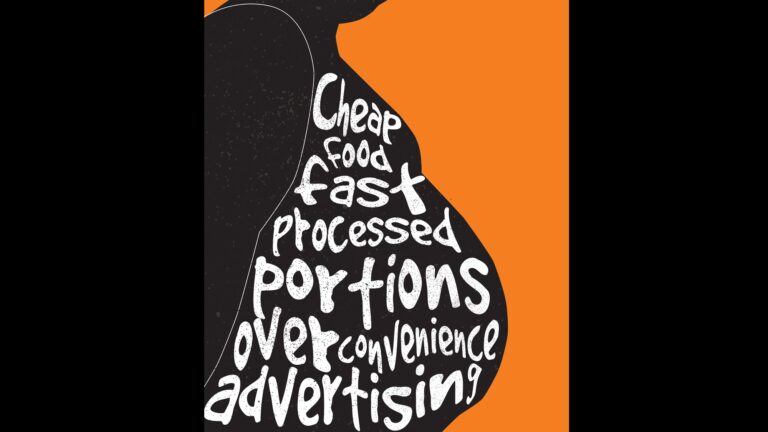Share: Mental health is less of a taboo topic within our generation, as American teenagers are more likely to feel “persistent feelings of sadness and hopelessness” according to the CDC. Mental health awareness has increased, as the world becomes more and more desolate. From a pandemic, to inflation, to environmental devastation, the world feels like it’s falling apart more than ever before. The overconsumption of information doesn’t help, as it shines light on everything happening around us. Other generations didn’t have constant updates of the …
PCC cross-country is ready to run through the 2021 spring season
Share: Despite all the uncertainty that has been circulating amongst PCC sports teams, due to the relentless COVID-19 virus that has drastically changed college athletics, the runners and coaches of the cross-country team continue to hope for the best and wait patiently for what the Spring 2021 season has in store. Follow:
PCC’s daycare center creates connections on campus
Share: Just down the street from the Pasadena City College (PCC) main campus resides the Child Development Center. Not many know where the center is, what its purpose is, and how and why they are connected to PCC. Follow:
Smoke-free campus? 6,000 butts prove otherwise
Share: PCC Health and Wellness and student volunteers joined in the American Cancer Society’s annual Great American Smokeout by participating in a campus cigarette butt clean-up. In January 2014, PCC implemented a smoke-free policy. This banned all forms of smoking on campus grounds. However, in only two hours, volunteers collected a staggering 6,000 cigarettes, illustrating that student smoking is still an issue. Student Ivy Liang heard about the volunteer event through Scholars Club. “I participated because I felt it was meaningful,” said Liang. “I am …
It’s time for a heavy focus on obesity
Share: Obesity has taken a major focus in recent media and medical studies as it has become an epidemic plaguing 35 percent of Americans, according to the Journal of American Medicine. Southern states and regions that lack fresh produce and whole foods, typically known as food deserts, are the highest in obesity rates, with regions that are land-locked following behind, according to The State of Obesity. Follow:





